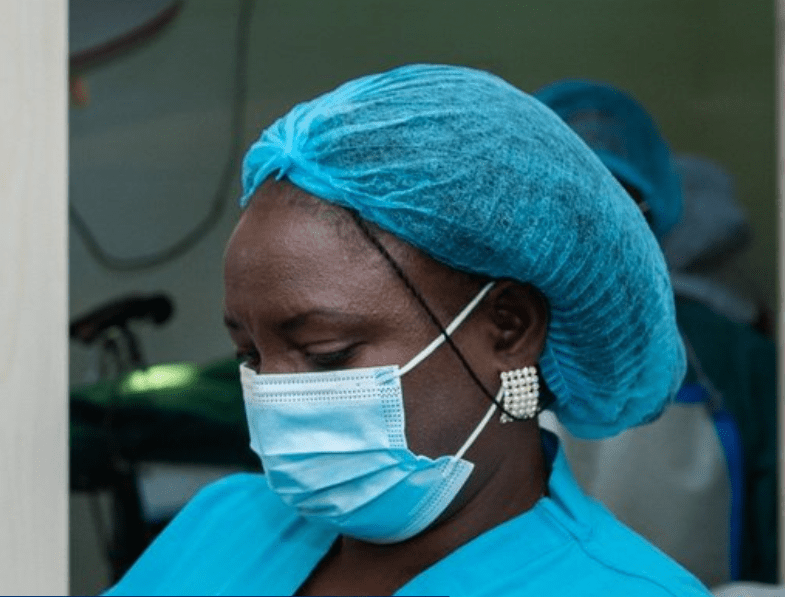November 22, 2023.
Statement from the World Health Organization.
Geneva, Switzerland
WHO has made an official request to China for detailed information on an increase in respiratory illnesses and reported clusters of pneumonia in children.
At a press conference on 13 November 2023, Chinese authorities from the National Health Commission reported an increase in incidence of respiratory diseases in China. Chinese authorities attributed this increase to the lifting of COVID-19 restrictions and the circulation of known pathogens such as influenza, mycoplasma pneumoniae (a common bacterial infection which typically affects younger children), respiratory syncytial virus (RSV), and SARS-CoV-2 (the virus that causes COVID-19). Authorities stressed the need for enhanced disease surveillance in healthcare facilities and community settings, as well as strengthening the capacity of the health system to manage patients.
On 21 November, media and ProMED reported clusters of undiagnosed pneumonia in children in northern China. It is unclear if these are associated with the overall increase in respiratory infections previously reported by Chinese authorities, or separate events.
On 22 November, WHO requested additional epidemiologic and clinical information, as well as laboratory results from these reported clusters among children, through the International Health Regulations mechanism. We have also requested further information about recent trends in the circulation of known pathogens including influenza, SARS-CoV-2, RSV and mycoplasma pneumoniae, and the current burden on health care systems. WHO is also in contact with clinicians and scientists through our existing technical partnerships and networks in China.
Since mid-October, northern China has reported an increase in influenza-like illness compared to the same period in the previous three years. China has systems in place to capture information on trends in influenza, influenza-like illnesses, RSV and SARS-CoV-2, and reports to platforms such as the Global Influenza Surveillance and Response System.
While WHO seeks this additional information, we recommend that people in China follow measures to reduce the risk of respiratory illness, which include recommended vaccination; keeping distance from people who are ill; staying home when ill; getting tested and medical care as needed; wearing masks as appropriate; ensuring good ventilation; and regular handwashing.
WHO will continue to provide updates.
Statement from ProMed who was first to alert concerning Covid 19. Link to their statement.
Date: Wed 22 Nov 2023
Source: Stephan Gibson
Regarding Undiagnosed pneumonia – China: (BJ, LN) children, reported epidemic, RFI (20231121.871326), this is consistent with reports of ongoing nationwide _Mycoplasma_ pneumonia in both western and Chinese news sources, going on for at least 2 months now. My personal experience is also consistent with those reports: numerous friends with illness, primarily coughing and lethargy, but at least one with a high fever as the 1st symptom. Azithromycin and doxycycline are effective in at least the few cases I know of. In my mind, this presentation is consistent with Mycoplasma.
Wang X, Li Maozhong, Luo M, et al. Mycoplasma pneumoniae triggers pneumonia epidemic in autumn and winter in Beijing: a multicentre, population-based epidemiological study between 2015 and 2020. Emerg Microbes Infect. 2022; 11(1): 1508-1517; doi: 10.1080/22221751.2022.2078228; https://pubmed.ncbi.nlm.nih.gov/35582916/.
—
Communicated by:
Stephan Gibson
[ProMED thanks Dr. Gibson for his comments. While I was aware of the outbreaks of Mycoplasma respiratory infections in China, overall, in older children and adults, the cough tends to be a prominent symptom, whereas in younger children, there may not be a cough, but more upper respiratory symptoms and nausea and vomiting are more prominent. The initial report on this outbreak specifically notes “no cough,” and the primary presentations were high fever. Furthermore, the radiographic abnormalities were described as pulmonary nodules, rather than the patchy infiltrates that are seen most commonly in Mycoplasma pneumonia.







